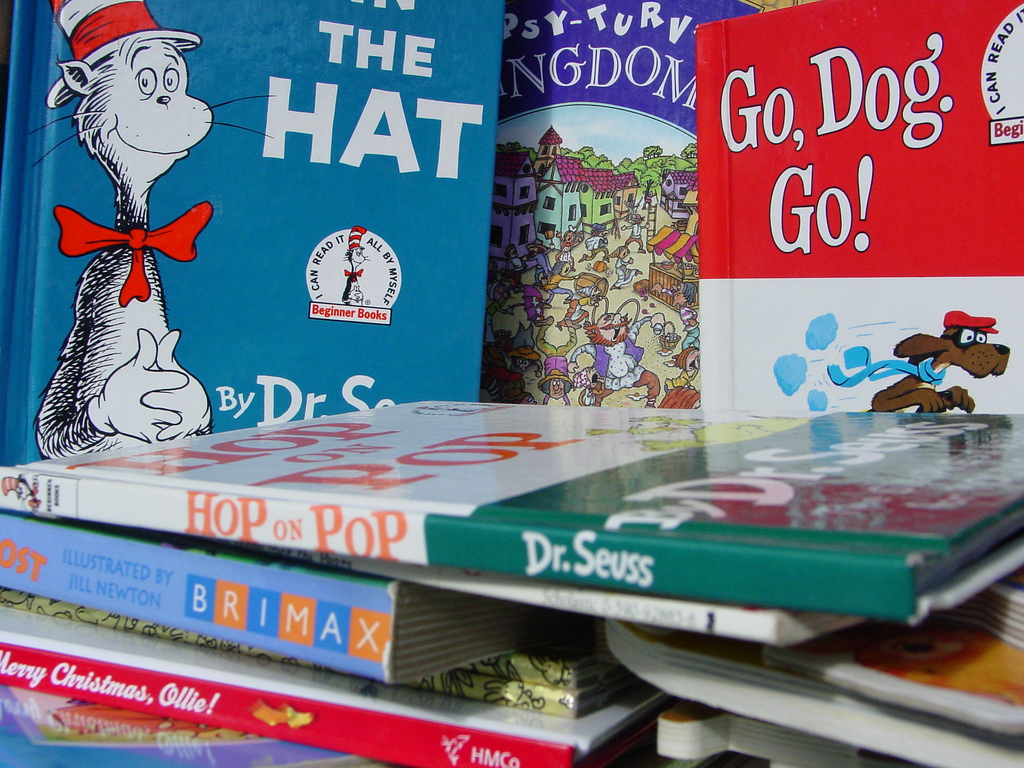Reading is considered the most important skill people acquire. It’s the foundation for further learning. From Kindergarten through third grade, children learn to read, and from grade four onward, they read to learn. If kids don’t master reading by third grade, they eventually run into some serious limitations and challenges in life. There are, however, ways to lay the groundwork for educating readers and make reading part of life-long learning.
Drill the Alphabet
Not fully understanding the letters of the alphabet and their relationship to sounds can deeply hinder reading proficiency. Students need clear instruction for how to identify, name, and write letters. They need to practice letter-sound relationships and review those relationships as they learn new ones. Activities like singing alphabet songs and viewing and reciting rhymes help them acquire alphabetic knowledge. Students have to be immersed in the world of the alphabet so that they can use letters in as many activities as possible.
Focus on Phonemic Awareness
Students need to be aware of the sounds of words and syllables in our alphabet-based language. The lack of this awareness trips up a majority of students who become non-proficient readers. To unlock the meaning in words, students need to know the sounds in those words and letters. Activities should focus on learning specific sounds, such as b in bump, and have students practice these sounds in as many words as possible. Students can then begin identifying and saying all the sounds in a word. From there, further strategies help students build on what they keep practicing and learning.
“From Kindergarten to 3rd grade, children learn to read. From grade four onward, they read to learn.”
Boost Their Vocabulary
Gaining a large vocabulary is essential for unlocking meaning in written text. A limited vocabulary makes it difficult for readers to make all the connections among words, phrases, and sentences. Introducing and teaching new vocabulary in reading materials should be an ongoing strategy. Use word-learning strategies such as finding meaning from context, locating word parts to decode longer words, and searching the old standby: a print or online dictionary.
Read to Them
One of the best ways to teach something is to show it in action. Share stories and informational writing, and get students to think about the ideas and visualize what they hear. This is definitely something parents can do at home and teachers can do in classrooms. Reading to kids reinforces that reading is part of life, and it exposes kids to language and vocabulary that they might not experience in normal conversation.
Make Sure That They Read
Reading is a skill, and it takes practice to become proficient. Setting aside daily reading time at home or in the classroom is a good start. It’s important to have students read and reread stories and then gradually introduce them to more challenging texts. Use comprehension strategies that get them to ask and answer questions about the reading, visualize what’s happening, and make connections to what they’ve read. Also, let students be responsible for choosing their own reading—they are likely to read more if they find something that interests them.
One of the best ways to teach something is to show it in action.
Let Them See You Read
This is especially important for parents. Children learn much by what they see happening around them. When they see adults reading regularly, they see that it’s what people should be doing. Modeling reading at home, or anywhere, increases the chances of a child becoming a proficient reader. After all, it may be difficult to sell the importance of reading if children don’t see others doing it, too.
Visit a Library, or a Bookstore
Show students the places in which they will see a vast amount of reading material and the nearly endless possibilities of what they can discover. Arrange a field trip so that students see what these places offer and how they can satisfy the reading interests of nearly everyone. Chances are, most libraries and bookstores have plenty of people browsing the aisles and inspecting books. This also shows students that people in general believe that reading is important.

